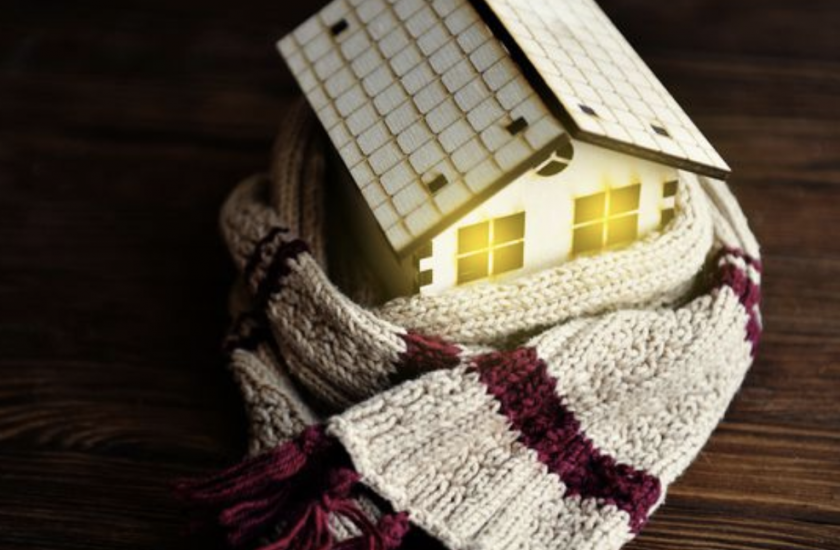Whether you are considering investing in a green source of energy for your home, the first step you should take is to improve your home’s insulation. This will ensure that you maximize the use of natural resources and don’t waste energy. Why is it necessary to insulate your home? Well, if you skip right over to buying green sources of energy for your home, you’ll end up spending more money trying to heat your home that has ineffective insulation properties.
Insulation is one of the most effective ways of keeping your home warmer in winter and cooler in summer. By investing in decent insulation, you’ll be saving money in the long run as you won’t need to run the heater or cooler for so long throughout the day or night. Installing insulation will cut down on your use, saving you money, and the planet.
If you’re building a new house, insulation should not be overlooked. It is one of the most important steps in ensuring your house is energy efficient, even though it is almost always forgotten about. Most people tend to think of just insulation the walls of a building, but make sure to always insulation the ceiling as well.
Is it necessary to insulation your home from top to bottom? Yes and no. There will be certain areas of a home that do not require insulation depending on the energy report from your builder. But in most cases, the external walls and the ceiling are always insulated. These are the main areas in which heat escapes through once the house is complete, and that is why you feel the need to turn the heater on. The insulation stops the heat loss, and if there is no insulation there to protect it, the heat leaves much quicker than a well-insulated home.
It is also up to you if you wish to insulate the internal walls of your home. Whilst not completely necessary in some houses, it can also act as a sound barrier between rooms. Do you plan on having a theatre room in your new home? If yes, acoustic insulation can help stop the noise transmissions between rooms and also give you the added benefit of extra thermal comfort.
On the other hand, older homes that you move into might already have insulation installed, but it may be too old and now ineffective. The best way to keep an older home warm is to replace the insulation in the roof and ceiling. As this is easy to access, there is no problem with replacing the insulation to boost the thermal comfort of the home. The same can go for the underfloor of a home. If there is sufficient space for the installers to reach, the underfloor of your home can receive an upgrade, leaving you with a warmer home as the heat isn’t escaping through the cracks in the floorboards.
So, is it necessary to insulate your home? Yes. It not only will save you money yearly, but you will be able to enjoy your home without feeling the need to turn the heater on or layer up. It is a one-time cost for years of protection.



